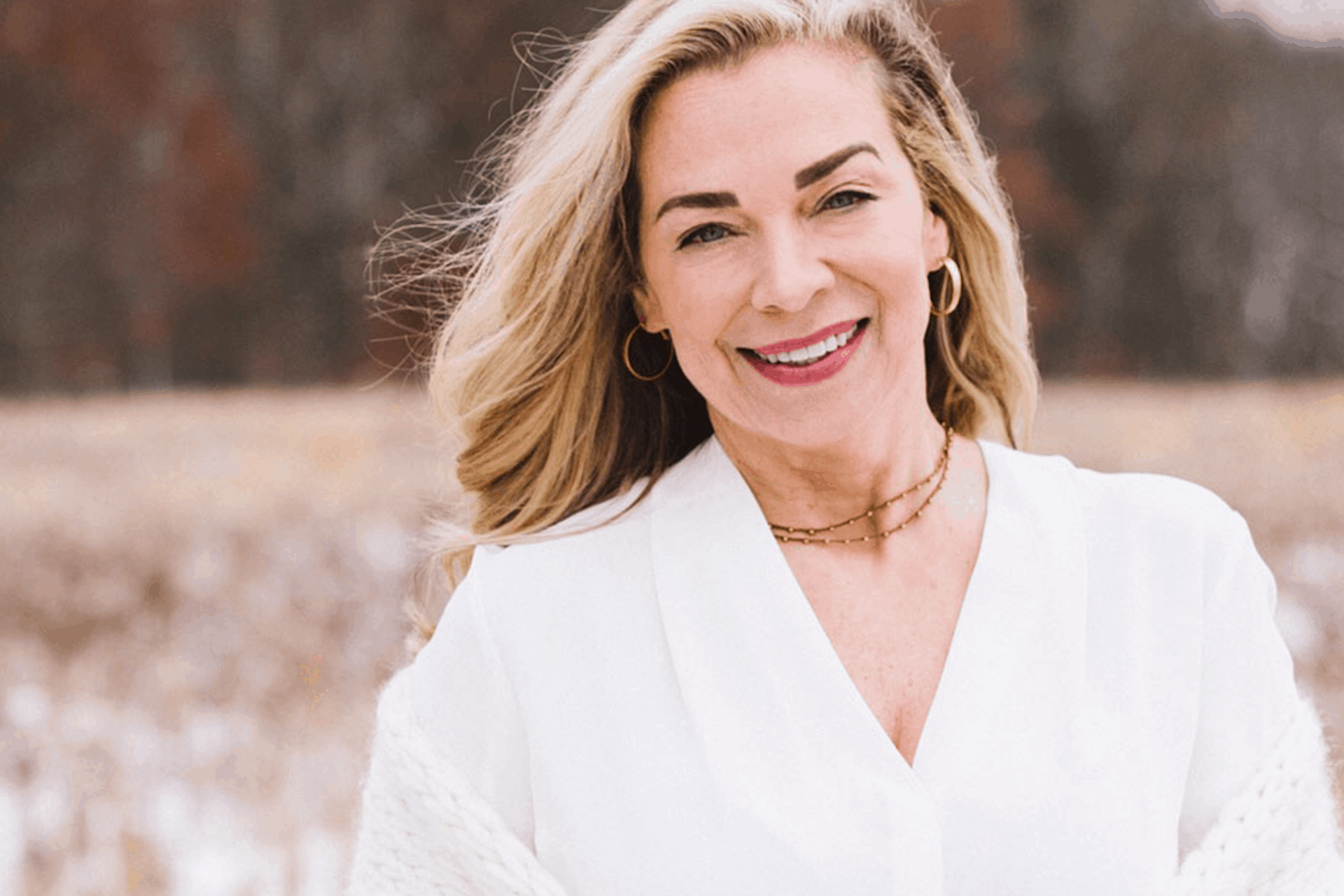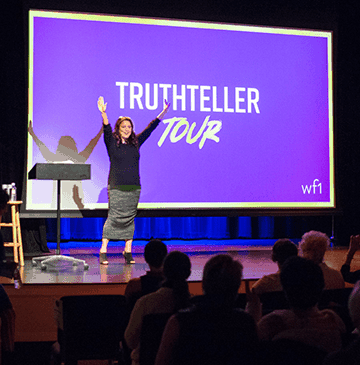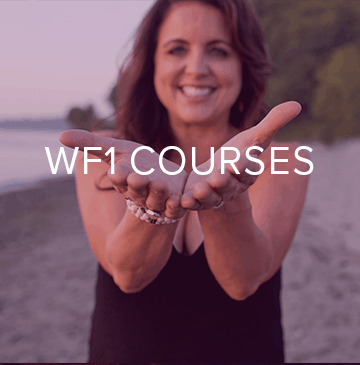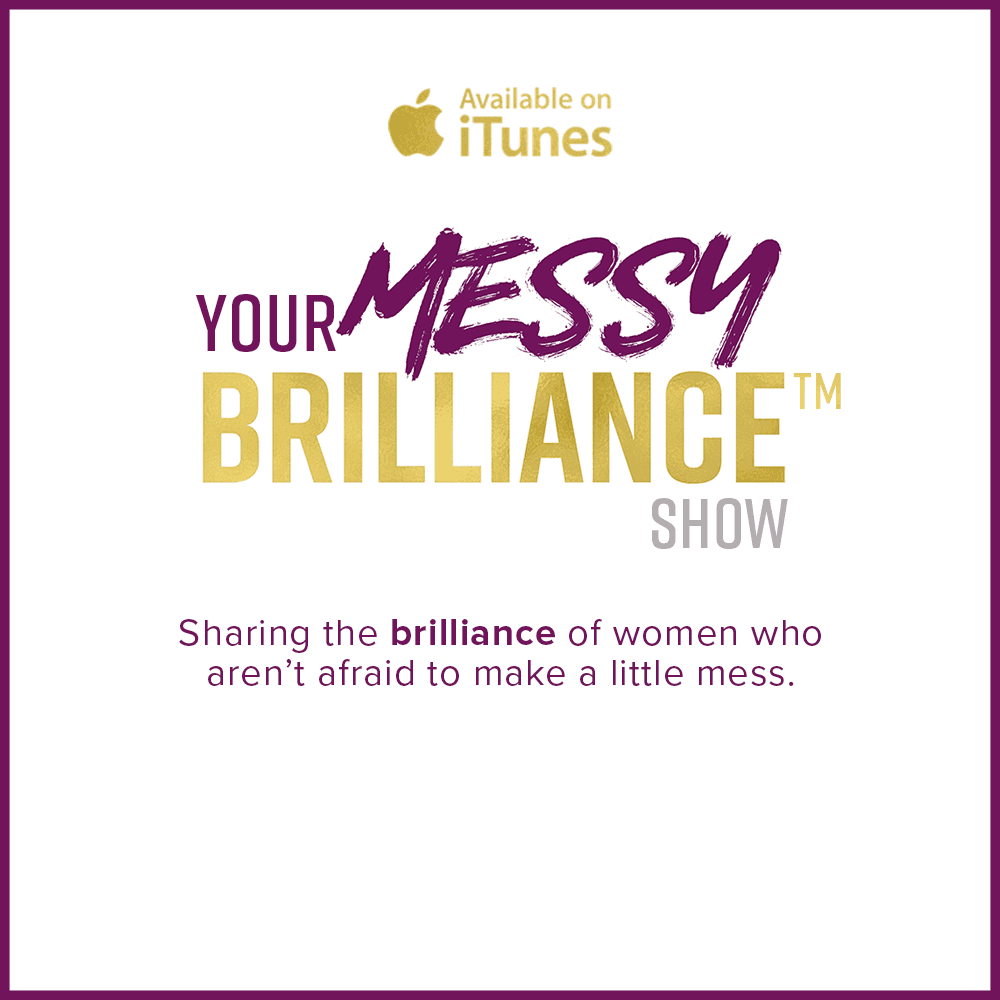
Healthy Personal Boundaries: Why No One Teaches Us and How to Learn
When someone asks you to do something that you don’t want to do, do you politely decline the invitation, or do you say yes even though you want to say no? Do you lend money to people although you know it will end badly, or do you fully cut off contact with someone if they disagree with you or say or do something you don’t like? Do you tell someone you’ve just met your deepest thoughts, feelings, or experiences?
These are all examples of unhealthy or disordered boundaries.
As women, many of us have been systematically taught to prioritize the wants, needs, desires, and preferences of others above our own. We have learned covertly and overtly that women are supposed to be feminine and “nice.” This may sound like ideas circa 1972, but I assure you these limiting beliefs and ideas are, sadly, alive and well. The misconceptions and confusion around how and when to draw boundaries in personal and professional relationships remain the number-one complaint of the women in my psychotherapy practice for the past two decades. My own journey to becoming a boundary master and my desire to make this elusive process accessible to all women inspired me to create Boundary Bootcamp, my eight-week virtual course for women from around the globe.
Many of my clients and students express fear that drawing boundaries is synonymous with creating a confrontation, being demanding, or building relationship walls. This is simply not true if the boundaries you learn to create are healthy and flexible. In fact, healthy boundaries become the bridge to deeper intimacy and more harmony in your relationships. According to Brene Brown, drawing effective boundaries equates to readily telling the people in your life what is OK with you and what is not OK with you. I love this simple, clear explanation, but getting there requires a certain amount of self-understanding of what I refer to as your downloaded boundary blueprint.
All of us have downloaded blueprints in our subconscious minds from our growing-up experience and family of origin, of how things are supposed to be in all areas of life. I use the term blueprint because a downloaded belief system is like the architectural blueprint for a house…that someone else designed.
Whether it’s boundaries, finances, love, health, or any other aspect of your life—how you were raised, what you observed, your culture, and your home environment, among other factors, informed those blueprints. Blueprints are passed down through generations, and if they go unexamined, they eventually tend to become your reality. However, just as with any architectural blueprint, you can alter your mind’s framework if the one you have is not producing the results you seek.
The first step to becoming a boundary master is to understand your current downloaded boundary blueprint because you cannot change what you do not consciously know.
To get started, answer the questions below:
1. Were people allowed to have privacy in the home you grew up in?
2. Were you encouraged or discouraged to express your individual feelings, especially if they differed from the majority?
3. Were either of your parents people pleasers?
4. Were you expected to be a “good girl” and not make waves?
Answering the above questions will start to give you a picture of your boundary blueprint. Looking to the past to identify what you learned about personal boundaries will raise your awareness and your ability to get off autopilot and begin to make mindful, conscious boundary choices that are aligned with the types of relationships you want to foster in your life.
Having unhealthy or disordered boundaries is exhausting, unsatisfying, and counter-productive to your being authentically known. How can anyone authentically love you if they don’t authentically know you?
And you most definitely deserve to be authentically loved and known!
Since saying no and drawing boundaries can also produce feelings of guilt, I’ve created a Guilt-Free Boundaries guided meditation just for you! Click here for instant access: https://terricole.com/boundary-meditation











2 comments to "Healthy Personal Boundaries: Why No One Teaches Us and How to Learn"